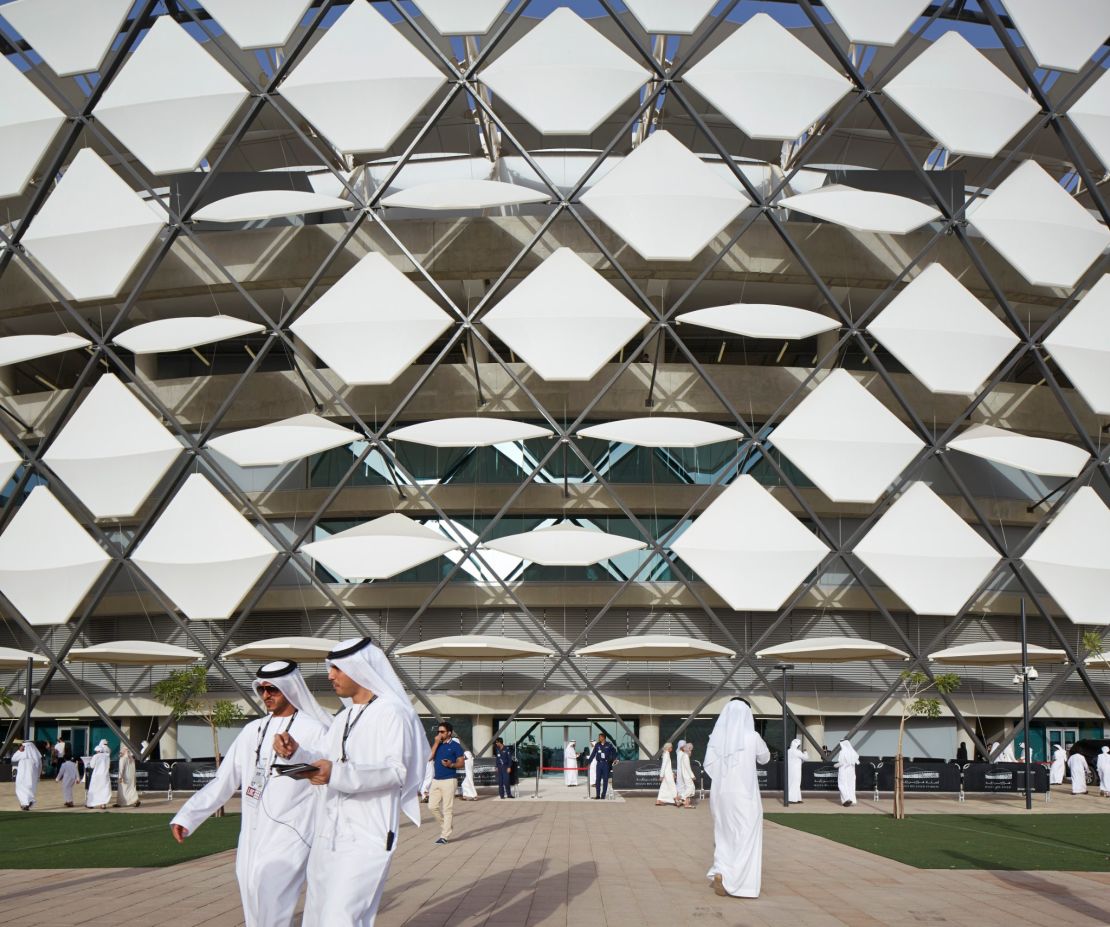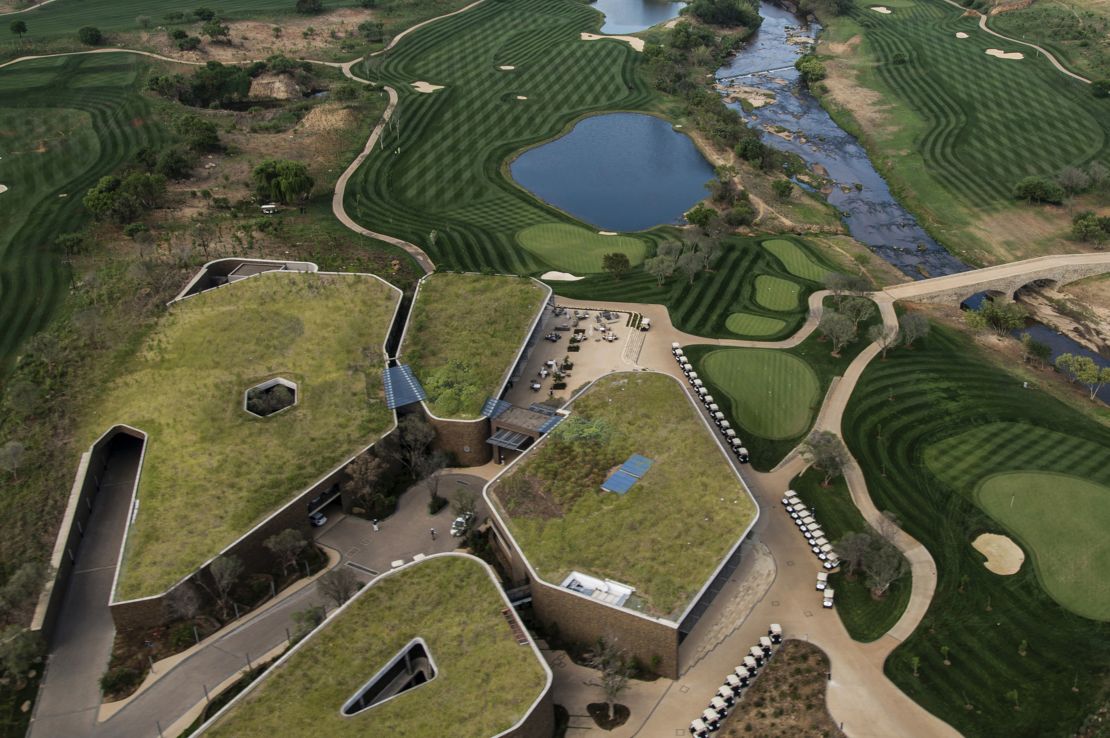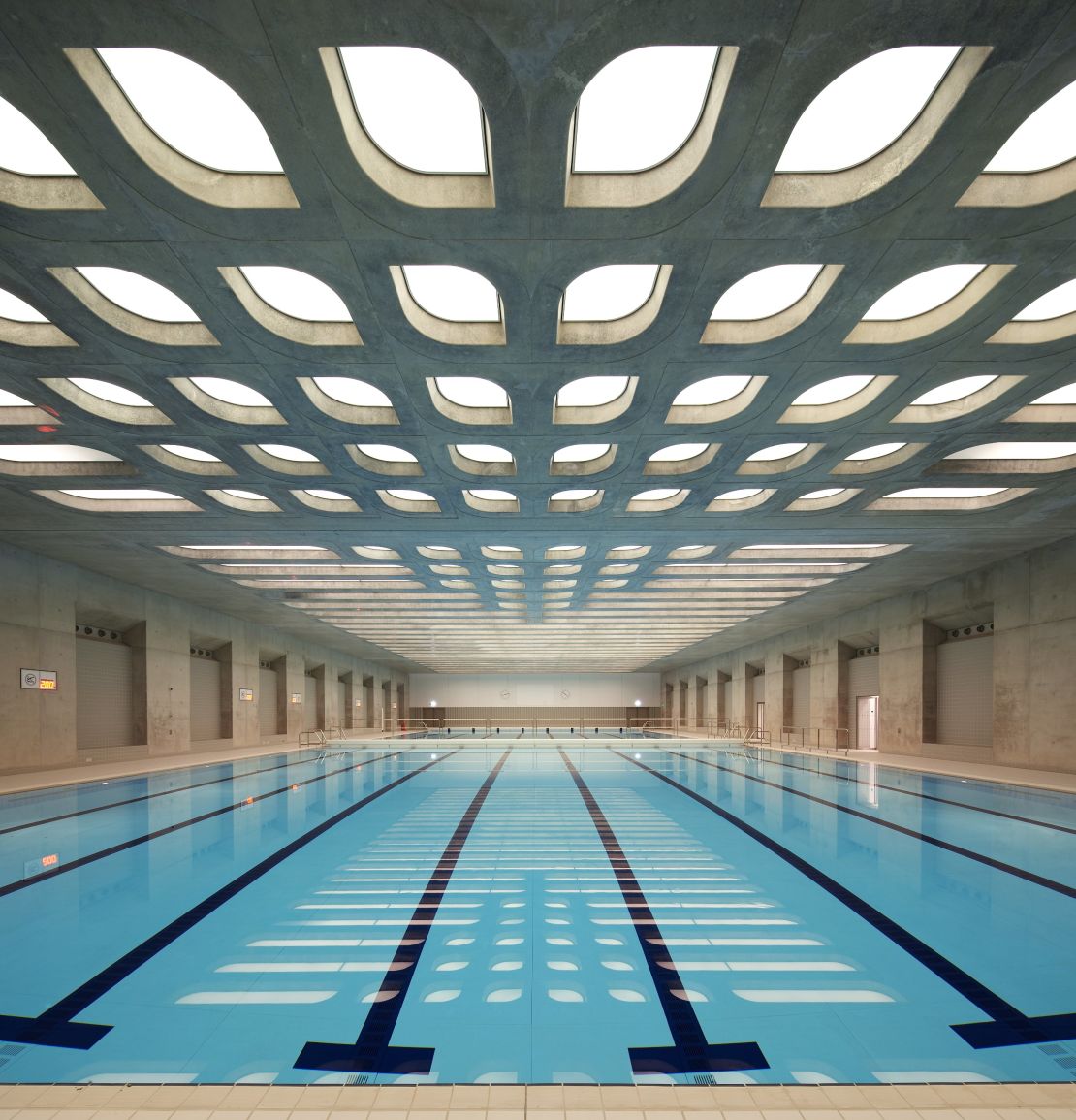Editor’s Note: In the run up to this year’s 8th annual World Architecture Festival in Singapore, we preview buildings shortlisted in some of the more unusual categories.
Story highlights
8th World Architecture Festival will be held this November
10 entries have been shortlisted in the sports architecture category
Sports architecture is adapting to hotter climates and more sculptural forms
This week marks the arrival of the World Architecture Festival 2015 in Singapore, where 338 buildings from 46 counties will compete to be named “world’s best” across 31 competition categories.
Homes, hotels, civic buildings, and commercial developments each play host to a competition category – with some remarkable religious buildings also taking center stage. But, this year, the niche categories are challenging: throwing up increasingly captivating designs for judge’s consideration.
For sports fans, it’s a winning situation. As global competitions such as the FIFA World Cup and the Olympic games continue to attract audiences in the billions, stadiums are changing, and appreciation for the creative design behind them is growing.
“Today, the brutal, purely-functional forms, that rather dominated stadiums in the 80s and 90s, look tired and lacking in vision,” says Clive Lewis, Senior Director of architecture, engineering and design firm AECOM Global Sport. “A subtler form of sports architecture is emerging.”
Lewis is a juror in the sporting category at the World Architecture Festival (WAF), which begins this Wednesday, 4 November. He will consider 10 shortlisted entrants, including sports stadiums, recreational centers, a ski jump and a clubhouse.

Between these 10 completed buildings and the best entrants drawn from other categories, one project will be picked to become the “World Building of the Year,” by a super jury including architects Sou Fujimoto and Peter Cook.
Like competitors in the traditionally celebrated categories – think museums and art galleries, skyscrapers, and five-star hotels – stadiums are now incorporating strong sculptural forms and patterned fa?ades, says Lewis, and responding creatively to new demands, such as extreme weather.
Discover how stadiums are progressing, below, and scroll through some remarkable sporting buildings in the gallery at the top.
Designing for hot dry climates
The Middle East has seen a boom in stadium construction in recent decades, thanks to the ongoing globalization of sport and lucrative funding of big projects for the purposes of tourism and prestige.
But architects and engineers – for Qatar’s 2022 World Cup stadiums in particular – face enormous pressure to ensure world standard playing conditions.

During the typical World Cup months of June and July, average temperatures in Qatar exceed 50 degrees Celsius (120 degrees Fahrenheit) during the day.
One entrant in the WAF sports category, Hazza Bin Zayed Stadium, uses innovative design tactics to adapt to its arid desert climate. The stadium is located in Al Ain, the second largest city in Abu Dhabi.

Pattern Design, the London-based architectural practice behind the stadium, took the basic idea of seeking shade in heat as inspiration to invent what it termed a “parasol stadium roof.”
Unlike typical European models where a drip-line roof is installed to respond to wetter climates, the warped parasol roof both shades spectators and allows enough sunlight to shine on the natural pitch.
The outer fa?ade acts as an additional cooling device. Its hexagonal panels, inspired by the bark of palm trees, fan back and forth, allowing fresh air to flow throughout the stadium.
Across the world, new climate demands are inspiring innovation, says Lewis: “We’re now seeing (stadium) designs intended to maximize the amount of shade, moveable ventilation to allow wind to flow to the pitch, as well as advanced technology, such as cooling seats.”
Factoring for human scale
On the other extreme are smaller-scale structures found on the WAF shortlist, which Lewis says can often be more successful than larger scale stadiums.
“Architects struggle with bigger venues. Stadiums become much more about how does an architect integrate engineering,” he explains. “Architects on smaller projects don’t have to worry about this so much.”
“They can make it about the architecture that you go to and experience. There’s an opportunity to create something of high quality, where human scale can be appreciated.”

A departure from usual clubhouse architecture – which traditionally dominates a landscape – Steyn City Clubhouse in Johannesburg, South Africa was specifically designed to blend in with its natural surroundings.
Architects at Boogertman + Partners, one of the smaller firms in the WAF competition, were given the brief to design a sustainable building that would align with the clubhouse’s values – to provide visitors a lifestyle more in tune with nature.
The firm chose to blur the edges of structure and the surrounding parkland, by using a green, grass-filled roof that helps to reduce heat gain.
Emergence of more expressive, sculptural forms
One of the more well-known buildings in the running for the WAF award is the London Aquatics Centre, designed by Zaha Hadid Architects. The concept – informed by the fluid geometry of water in motion – and strongly expressed in its roof’s curvature, compliments the surrounding river landscape of Olympic Park.
The pools, now open to the public, were the site of swimming events during the 2012 London Olympics.

“Architecture should add to the drama of an event,” says Jim Heverin, project director of the London Aquatics Centre. “By doing so, it can encourage repeat usage and positive association with the facility. Architecture can do this in many ways, from large gestures such as the overall design down to the small gestures, like the quality of its finishes.”
2,200 architects from 60 countries will be in attendance at the World Architecture Festival in November. The festival awards designs in 31 differing categories, including sport.





















